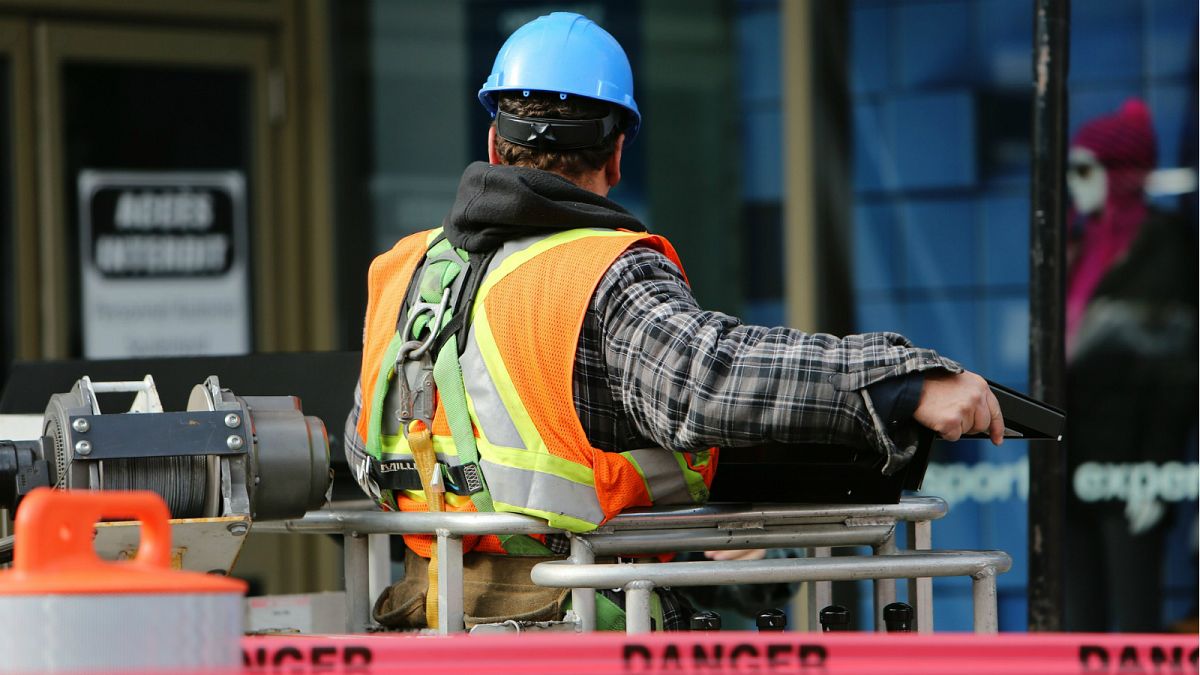It's not what you might expect.
Luxembourg was the most dangerous place to work in the European Union in 2016, recording the most work deaths per 100,000 people.
Data released by Eurostat — to coincide with World Day for Safety and Health at Work on Sunday, April 28 — reveals Romania and Latvia were the next most dangerous.
On the other side of the coin, the Netherlands was the safest place to work in 2016 with Germany and Sweden coming in second and third places respectively.
Experts said Luxembourg's small population meant one accident could skew its figures, while countries with large numbers of people employed in agriculture, such as Romania, would be more susceptible to workplace deaths than countries, like the UK, where the office dominates.
Despite Luxembourg's result in 2016, it hasn't always fared so poorly.
In the seven-year period between 2009 and 2016 that was recorded in the statistics from Eurostat, Luxembourg fell below the EU average for work deaths for two separate years.
In 2013, Luxembourg recorded its lowest figure, but in the three years following it rose sharply, before eventually taking top spot in 2016.
Romania, which was the second most dangerous country to work in 2016, has remained consistently high above the EU average for work deaths over the seven-year period.
In fact, Romania was the most dangerous place for work over the full seven years, which was followed by Latvia in second place.
However, these statistics may not give a full picture on safety at work in Europe.
Euronews spoke to the European Agency for Safety and Health at Work, which pointed out that in small countries, such as Luxembourg, the actual figures of work-related deaths usually sit within single figures.
Therefore "some single accidents, such as workplace fire or explosion, can cause multiple deaths and this often accounts for the large year-on-year variation," the agency's head of prevention and research, William Cockburn, said.
According to Cockburn, different economic sectors should also be considered, such as the chances of having a work-related accident in an agriculture or construction-type setting, in comparison to the service industry.
"This accounts for some of the inter-country differences (for example, many people are employed in small-size farms in Romania)," he said.
The Netherlands and Germany retained their first and second places for the safest countries to work in over the seven years.
However, Greece was third safest between 2009 and 2016.
By clicking on the countries in the chart below, you can see how each EU state compared with the bloc's average.
